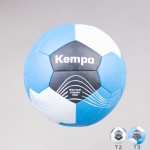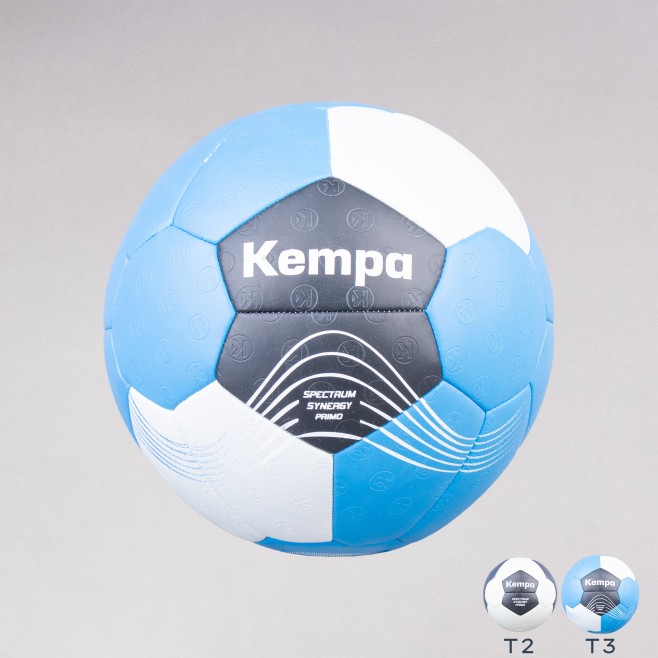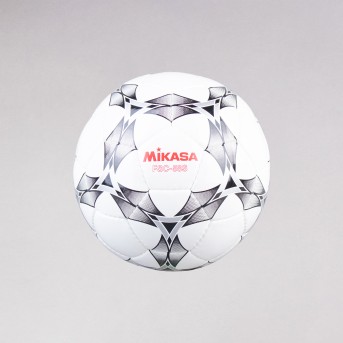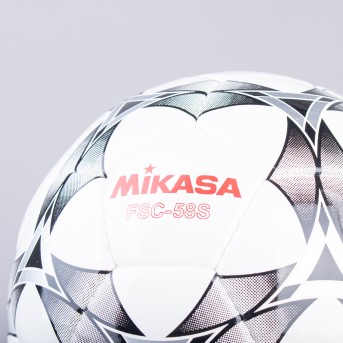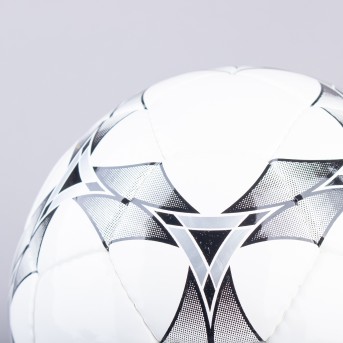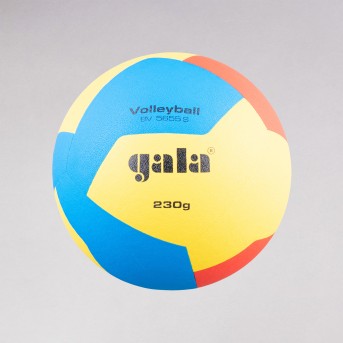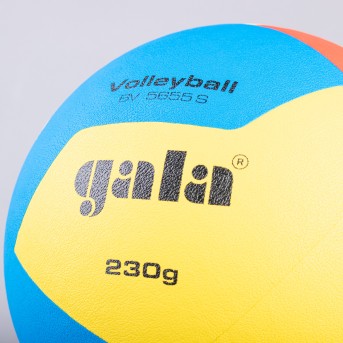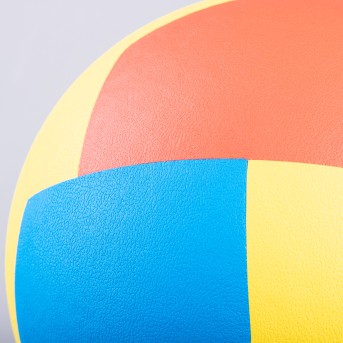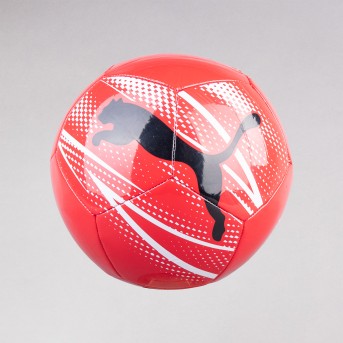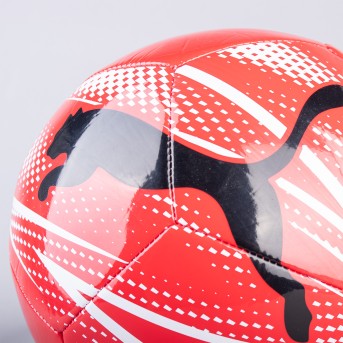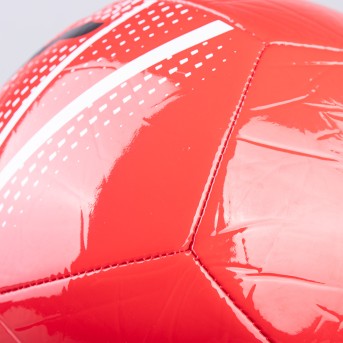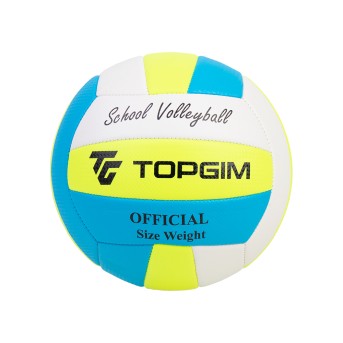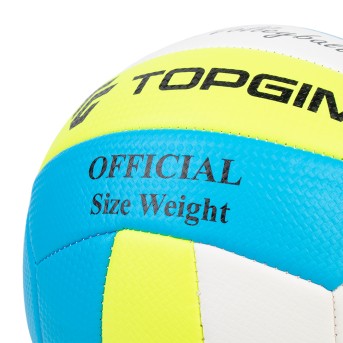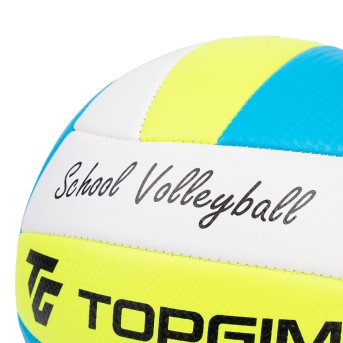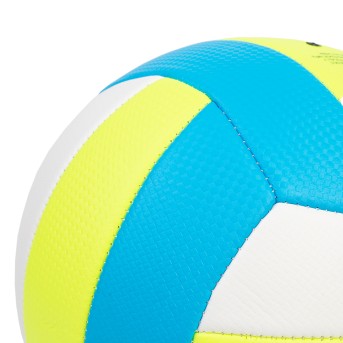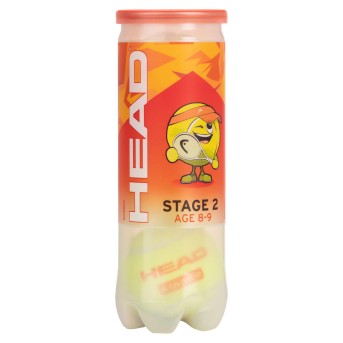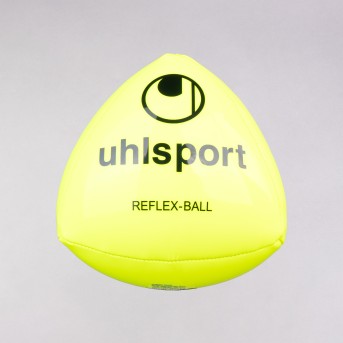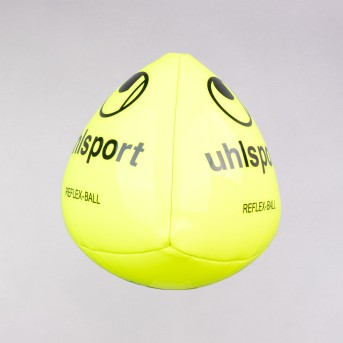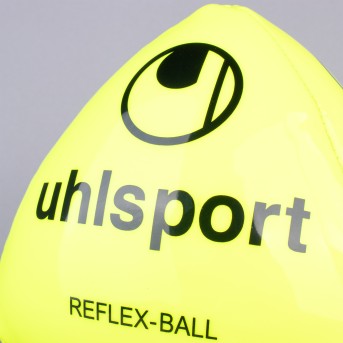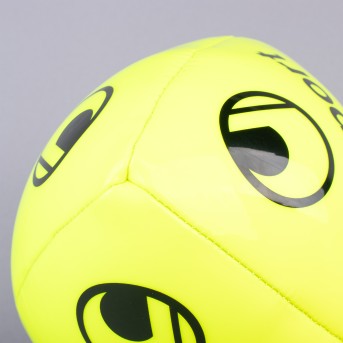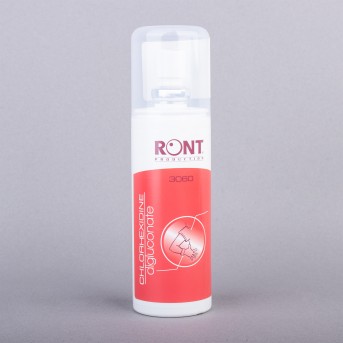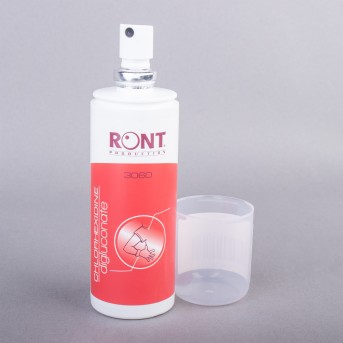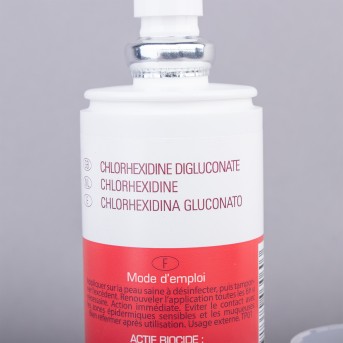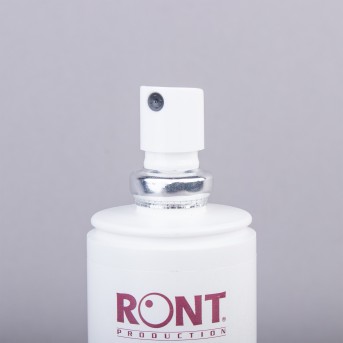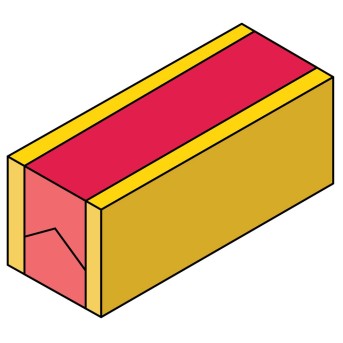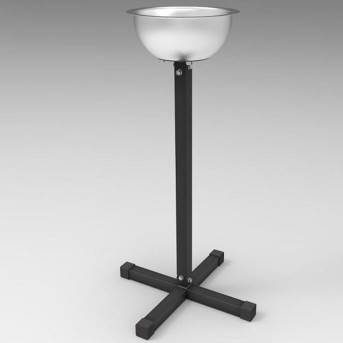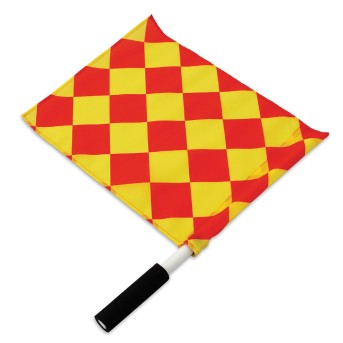After
the size of the ball, the manufacturing material should be the second criterion
to take into account. Here are some options for different environments:
EVA Foam
Satinised
vinyl foam, also known as EVA, is a synthetic foam commonly used for children's
products.
This
foam has adhesive properties and also has a very soft touch for the training
levels of the sport.
Environment:
indoors. Not recommended for abrasive floors.
Regular Rubber
We
refer to regular rubber as ‘normal’ rubber made from synthetic products.
Suitable
for adverse situations with excellent grip on the floor.
Environment:
outdoors. Recommended for abrasive floors.
Cellular Rubber
Cellular
rubber is a very resistant high quality rubber, suitable for harsh
environments.
This
rubber has superior resistance guaranteed by ISO9002 quality control.
Environment: indoors
and outdoors. Recommended for abrasive floors.
Synthetic Leather
Synthetic leather consists of a fibre
base and a surface coating. It is a very easy material to clean, whether dry or
damp.
In
this category, we divide synthetic leather into two materials: PVC and Polyurethane.
Polyvinyl
chloride, known as PVC, is one of
the most widely produced plastics in the world and has a wide range of
applications.
PVC
belongs to the mid-range of materials with adequate adhesion and resistance for
school use.
Environment: indoors
and outdoors. It can be used on abrasive floors.
Polyurethane,
better known as PU, is a foam that
is more rigid than EVA but very flexible and adherent.
This
material has components such as flexibility, lightness, cut resistance and the
impossibility of deformation.
Environment:
indoors. Not recommended for abrasive floors.





